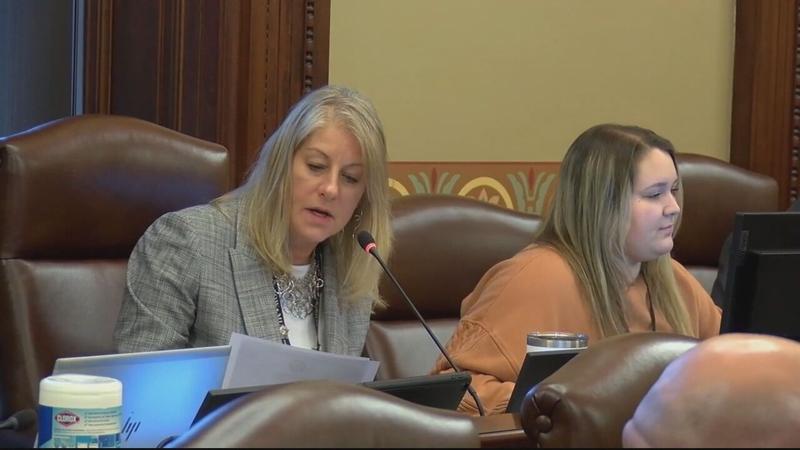(The Center Square) – Several special interest groups, including the Illinois Education Association, are pushing to enhance benefits across the state’s entire Tier 2 pension system.
Illinois enacted a second tier of benefits for public employees hired after 2011. The change was meant to reduce retirement benefits for newer employees and help shore up the state’s unfunded pension liability, which stands at $140 billion more than a decade later.
State Rep. Blaine Wilhour, R-Beecher City, said there is no actuarial analysis saying that it’s necessary to enhance benefits for Tier 2 retirees. Wilhour says if an analysis is done, likely a vast majority of people in the Tier 2 pension plan are not going to trigger safe harbor, a requirement where certain public employees do not have to pay into Social Security as they are covered by pension plans that provide retirement benefits deemed equivalent to Social Security benefits.
“If individual members trigger the safe harbor, then the state could put a statute in place where the state pays the difference, plus a dollar. That’s the simple fix to this deal. It’s doable but that’s not what the special interest groups want,” said Wilhour.
Michael Cosentino, who represents the Illinois Fraternal Order of Police, said there is something called a “Deferred Retirement Option Plan,” or DROP, that could be a solution to the underfunded Tier 1 pension plan. The underfunded pension plan is the whole reason why there’s a Tier 2 plan.
“In Chicago, if I were to retire at 50, I was fully invested, so I would receive my pension benefit which is a withdrawal. So I am a taker. I am taking my money out,” said Cosentino. “If there was a DROP program, I would stay until I am 55, where I would receive a reduced insurance with the city because it’s very expensive to leave at 50 but the benefit to that would be a lump sum of money would come out of my pension but the pension would be able to keep that money and invest it because I am not collecting it.”
Cosentino said it is an enhancement to the pension system and has been done in states like Ohio, California and Florida.
“Where if I left at 50, I would be a taker, but if I extend it five years and stay until I am 55, I am still producing and I am retired,” said Cosentino.
In an Illinois House Personnel and Pensions Committee hearing Thursday, Wilhour said in “typical Springfield fashion,” the same people who negotiated Tier 2 in 2010 want to now enhance their benefits.
“There are several bills out there that are going to do it [enhance Tier 2], the chair of the Pension Committee is wanting to do that right now. The governor spoke about it in his budget address. Bottom line is: there are simple fixes to this and we don’t have to enhance benefits across the whole system,” said Wilhour.
The chair of the committee, state Rep. Stephanie Kifowit, D-Oswego, said the Tier 2 pension plan is actually overfunded.
“It’s the Tier 1 system that’s underfunded. Now when you blend them together the whole system is underfunded. When you look at the Tier 2 employees, they are subsidizing the Tier 1 employees and the Tier 1 benefits, with regards to the pension overhaul,” said Kifowit.
Kifowit said as the pension system gets closer to the 100% funded goal, employee contributions could potentially be negotiated downward. Right now, in Illinois, most public-school teachers don’t pay the required 9.4% employee contributions toward their own pensions, according to The Illinois Policy Institute. However, Karl Goeke, the vice president of the Illinois Education Association, provided testimony that he pays 9% into his pension.







